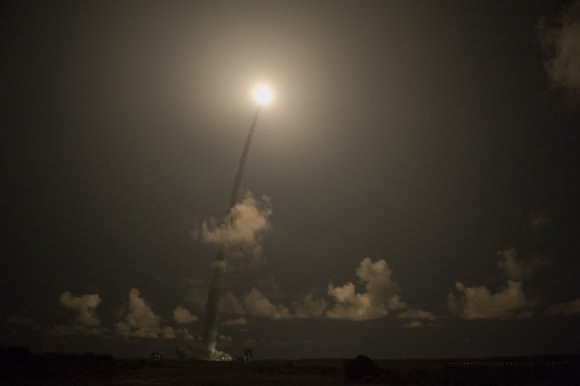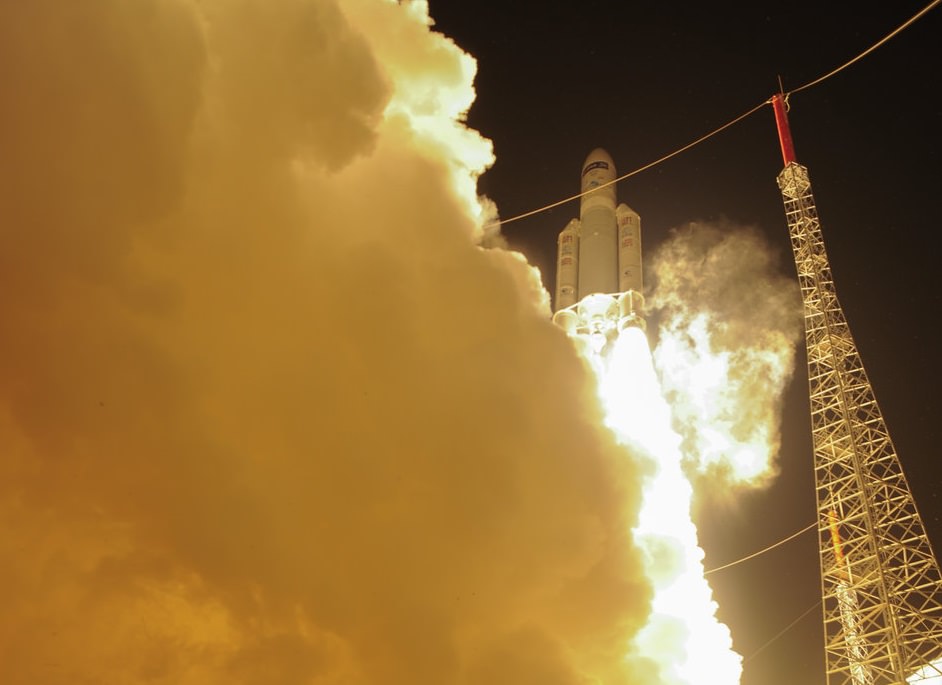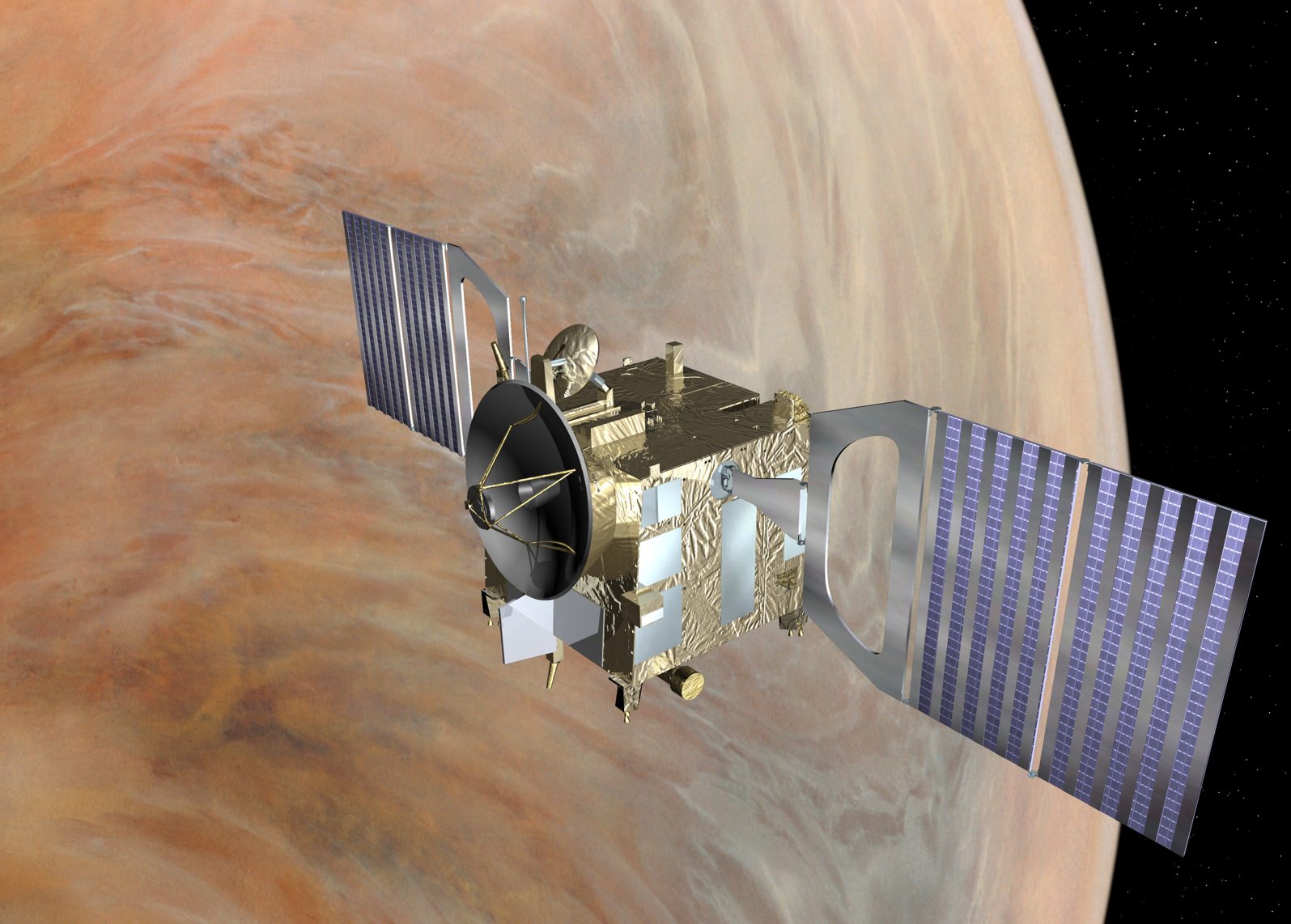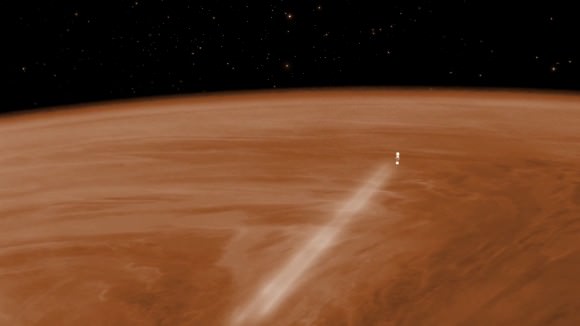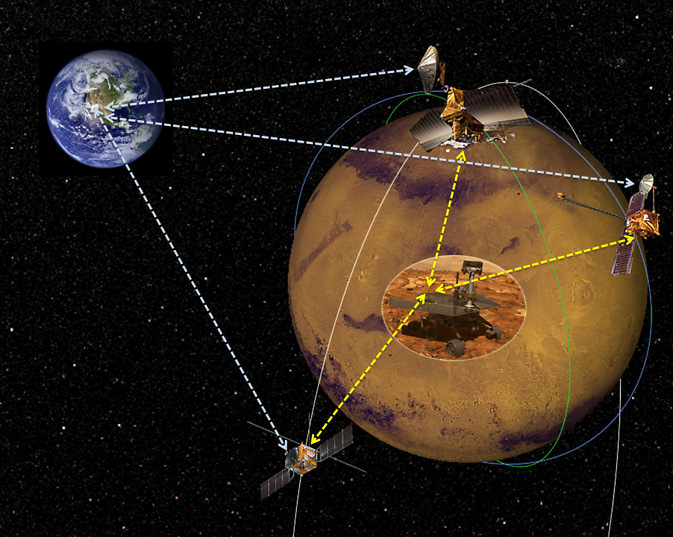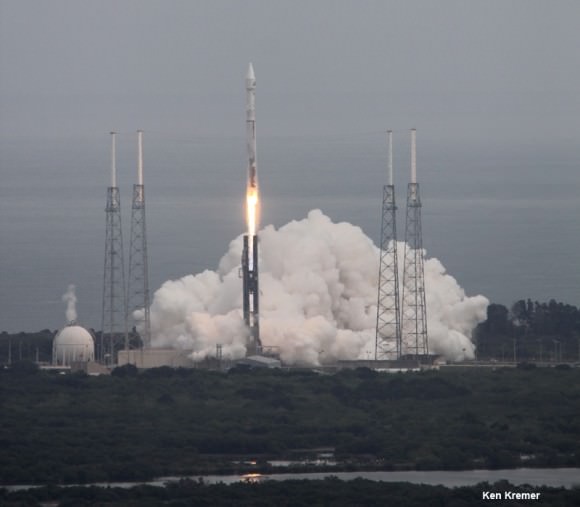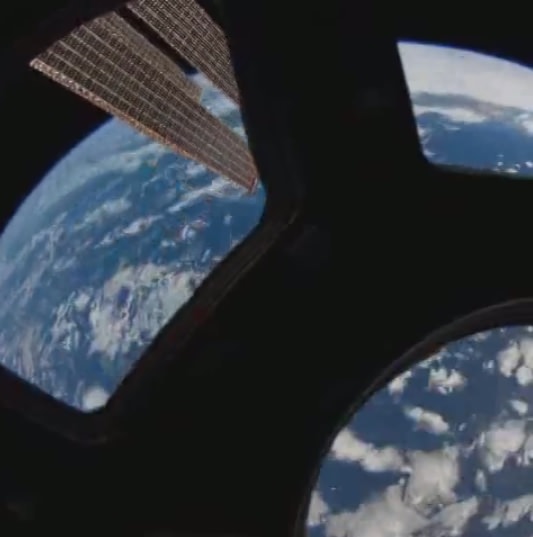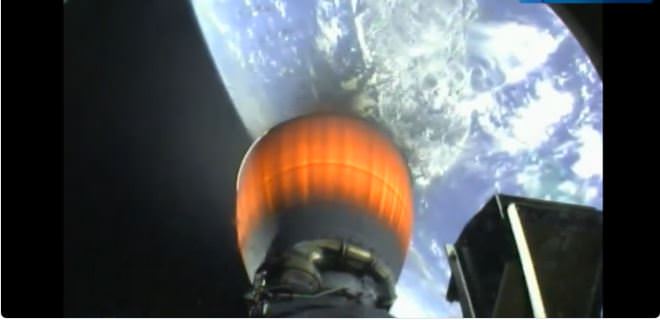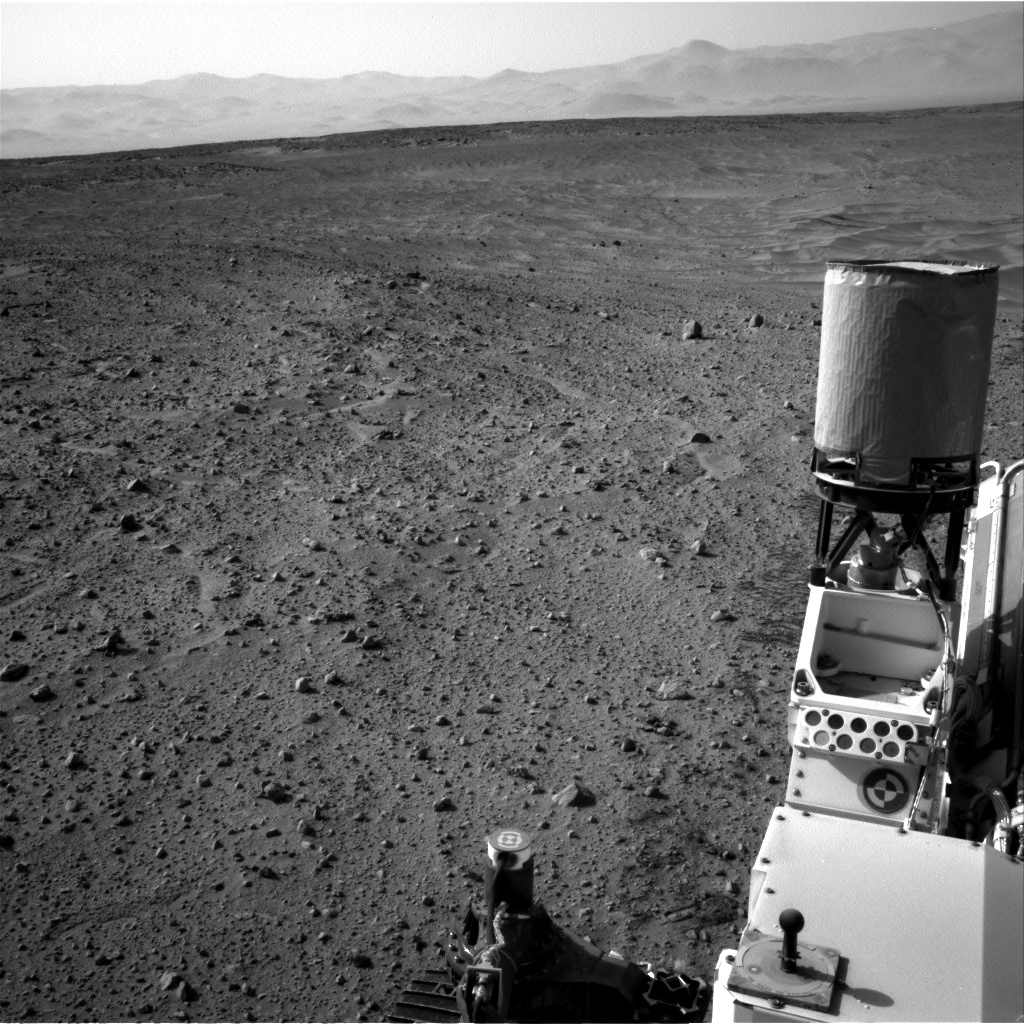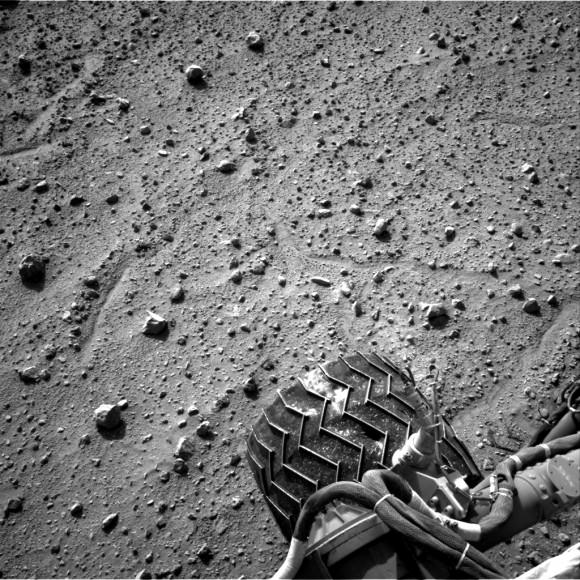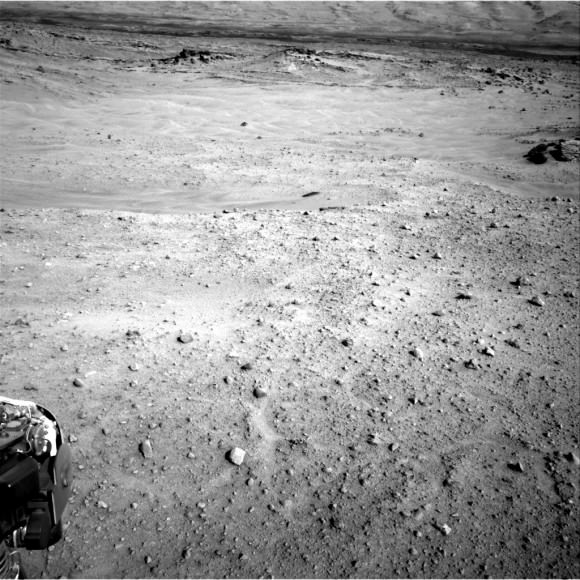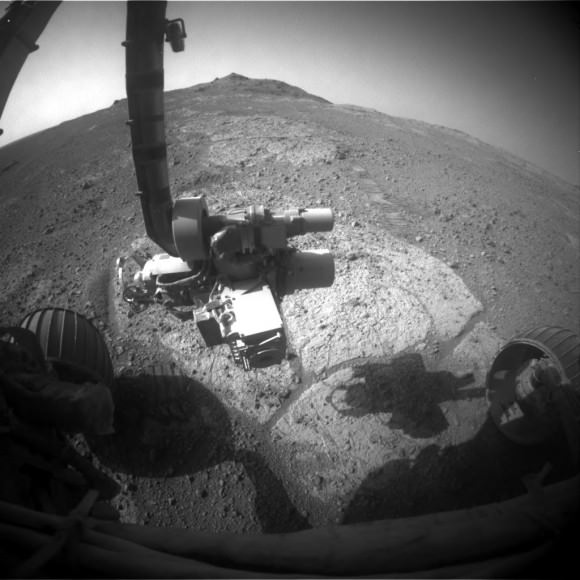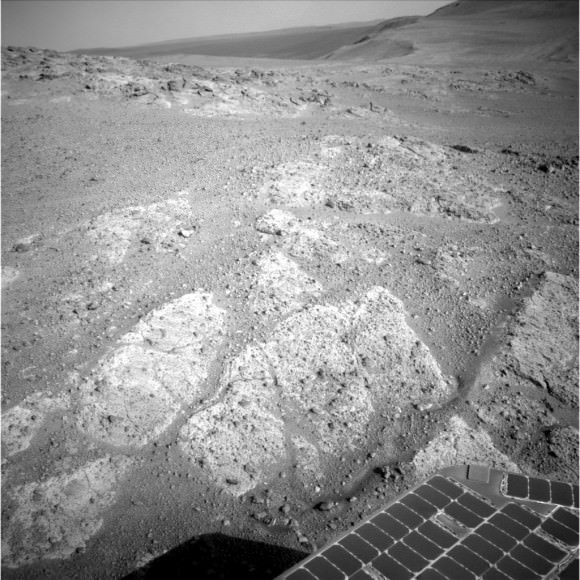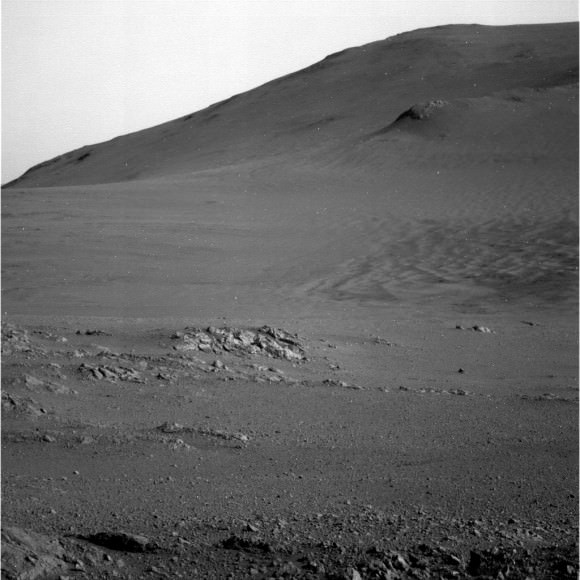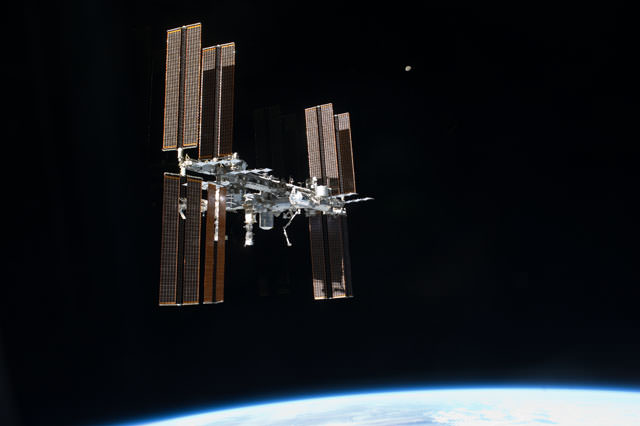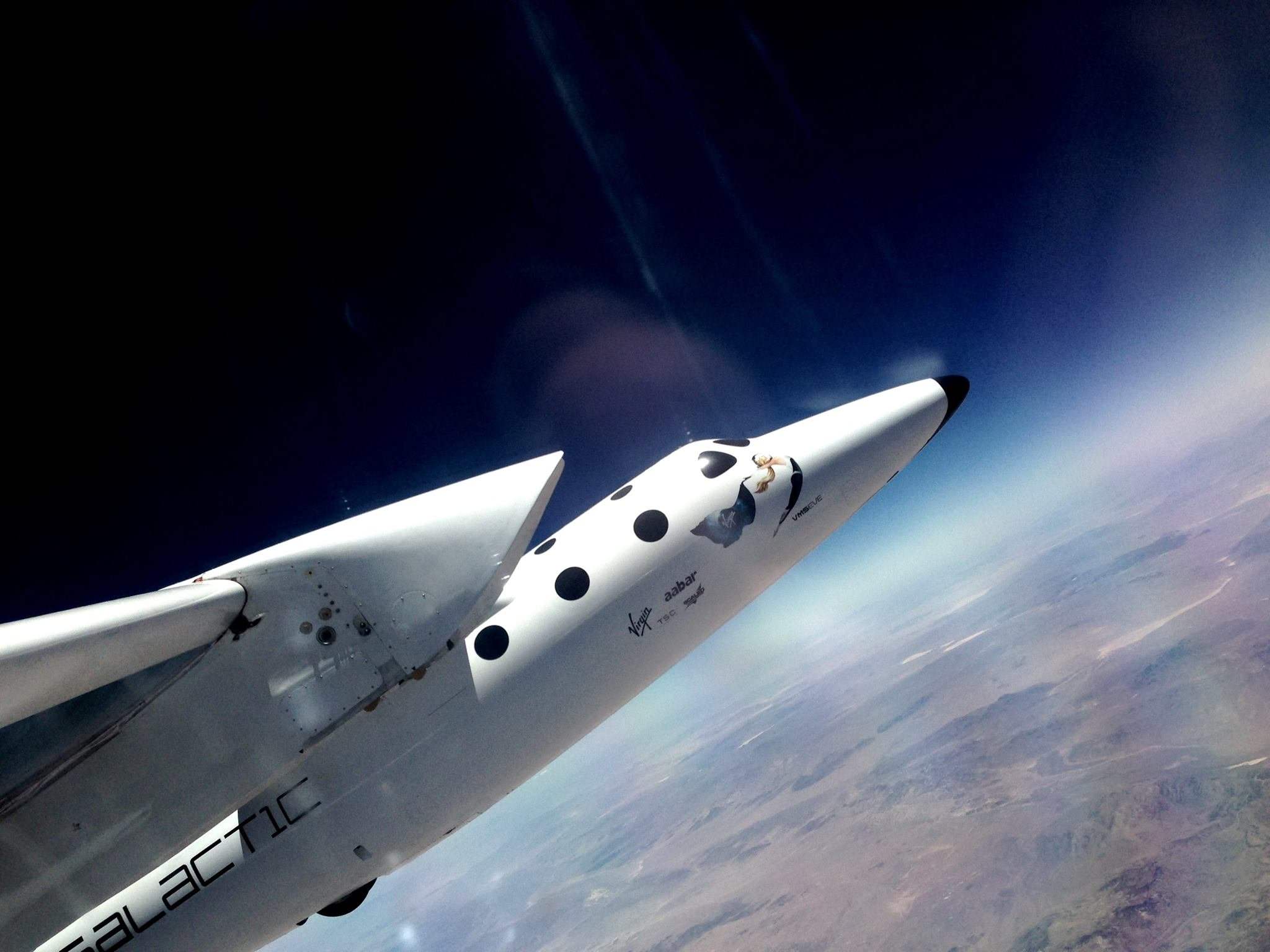The last of Europe’s five automated transfer vehicles made a flawless launch to orbit yesterday (July 30). So far, all is going well with ATV Georges Lemaître as it brings a load of cargo to the International Space Station. You can watch the launch above. The ship is not only acting as a freighter, but a testbed for technology to help with docking and re-entry.
“It is with great pride that we saw the fifth successful launch of this beautiful spacecraft,” stated Thomas Reiter, the European Space Agency’s director of human spaceflight and operations, in a press release. “But the adventure doesn’t end here. ATV knowhow and technology will fly again to space as early as 2017, powering NASA’s Orion spacecraft with the European Service Module, ushering in the next generation of space exploration.”
It will take until Aug. 12 for the ATV to make its way to the space station. On its way, the vehicle will do a flyaround to test a laser infrared imaging sensor that could help future space vehicles dock with objects that don’t have docking ports.
Then it will stick on the space station for up to six months before making a planned re-entry, full of trash. In a first for Europe, how the ship breaks up will be carefully tracked to inform the design of future space vehicles that could survive re-entry. By the way, ESA has a stunning photo gallery of the rocket’s liftoff here, but we put a couple of samples below.
